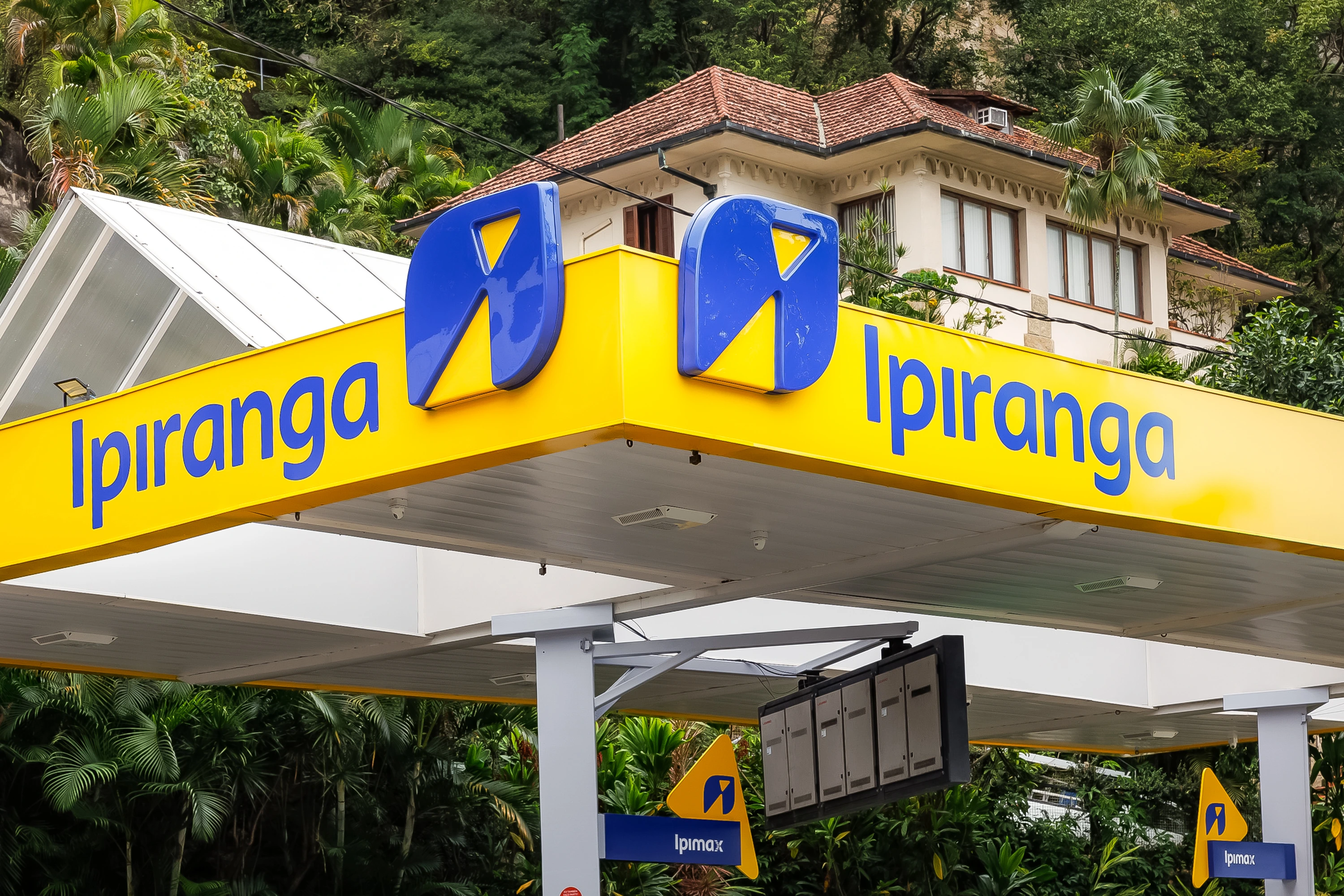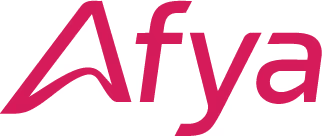Cases

Integrated internal auditing in multiple business areas

Compliance with LGPD and GDPR

Drone Audit
.png)
Oráculo — Monitoring and Correcting Access Inconsistencies

Internal Audit, Internal Controls and Risk Management

Audit of contracts with cutting-edge technology

VAR

RBAC implementation

VAR

Oráculo — Monitoring and Correcting Access Inconsistencies

Gap ZERO

Generic Users

Creating and Updating Profile Maps

Access and Identity Management BPO

Segregation of Duties (SoD) diagnosis and implementation































